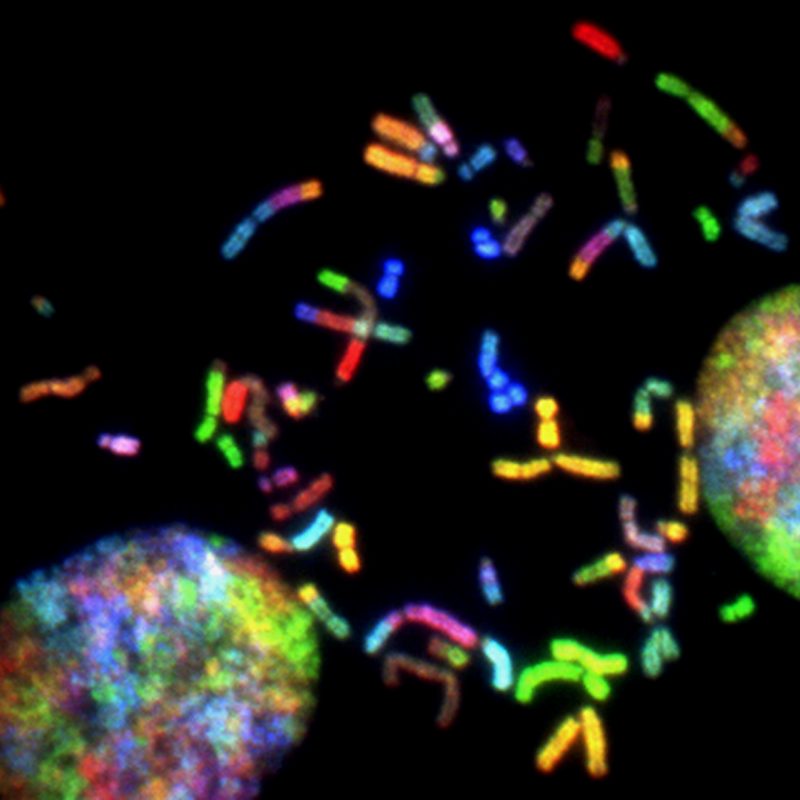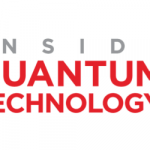Inside Quantum Technology’s “Inside Scoop:” Biocomputing Vs. Quantum Computing

Biocomputing and quantum computing are two cutting-edge technologies that have the potential to revolutionize the way we process information and solve complex problems. While these computing fields are based on fundamentally different principles, they aim to achieve unprecedented computational power and speed. To understand how each of these technologies hopes to transform in the future, it’s important to understand the basics of each one.
What is Biocomputing?
Biocomputing, or DNA computing or molecular computing, uses biological molecules such as DNA, RNA, and proteins to perform computations. The basic idea behind biocomputing is to use biological systems’ inherent parallelism and information storage capacity to perform complex computations. DNA computing, for example, uses the ability of DNA molecules to store and manipulate information to perform computations. This is done by encoding information in the sequence of nucleotides that make up DNA molecules and then using enzymes and other biological molecules to manipulate and process the DNA.
One of the critical advantages of biocomputing is that it has the potential to perform massively parallel computations using relatively simple equipment. This makes biocomputing a promising technology for bioinformatics, drug discovery, and data storage applications.
Other types of biocomputing rely on neuroscience to create computing networks based on neurons in the brain. Recently, researchers at John Hopkins University have taken this a step further by creating “organoid” human brains that could be used as a new computer model. “We call this new interdisciplinary field ‘organoid intelligence’ (OI),” said Prof Thomas Hartung of Johns Hopkins University in a recent press release. “A community of top scientists has gathered to develop this technology, which we believe will launch a new era of fast, powerful, and efficient biocomputing.” Obviously, there is much more research to be done and many ethical questions to be answered, but experts predict this market will be worth $8.3 billion by 2028.
What is Quantum Computing?
Quantum computing is a type of computing that uses quantum-mechanical phenomena, such as superposition and entanglement, to perform computations. Unlike classical computing, which is based on binary bits that can be either 0 or 1, quantum computing uses quantum bits or qubits, which can be in a superposition of both 0 and 1 simultaneously. This allows quantum computers to perform specific calculations much faster than classical computers.
One of the critical advantages of quantum computing is that it can perform certain types of calculations intractable for classical computers. For example, quantum computers have been shown to be able to solve certain types of optimization problems much faster than classical computers. The quantum computing industry has already ballooned worldwide as companies, academics, governments, and other organizations are diving deep into this next-generation technology.
Comparing Biocomputing and Quantum Computing
While biocomputing and quantum computing are based on fundamentally different principles, there are some similarities between these two computing fields. For example, biocomputing and quantum computing are based on parallelism and information storage principles. In biocomputing, parallelism is achieved using many biological molecules performing computations simultaneously. In quantum computing, parallelism is achieved through qubits that can be in a superposition of states.
Another similarity between biocomputing and quantum computing is that both of these computing fields have the potential to perform certain types of computations much faster than classical computing. However, the types of computations that can be performed faster by biocomputing and quantum computing are different. Biocomputing is particularly well-suited for problems that involve large amounts of data, such as DNA sequencing or protein folding. On the other hand, Quantum computing is particularly well-suited for optimization or simulation problems.
Finally, biocomputing and quantum computing are still in the early stages of development and have many technical challenges to overcome before they can be widely adopted. For example, biocomputing faces error correction, scaling, and reliability challenges. Quantum computing faces challenges related to error correction, decoherence, and scalability.
Biocomputing and quantum computing are two exciting fields of computing that have the potential to revolutionize the way we process information and solve complex problems. While biocomputing and quantum computing are based on fundamentally different principles, they share similarities regarding their goals and potential applications. As each industry evolves in the next decade, there will be plenty of opportunities for cross-talk between the two industries and possible partnerships and collaborations to develop robust, cutting-edge technology.
Kenna Hughes-Castleberry is a staff writer at Inside Quantum Technology and the Science Communicator at JILA (a partnership between the University of Colorado Boulder and NIST). Her writing beats include deep tech, quantum computing, and AI. Her work has been featured in Scientific American, Discover Magazine, Ars Technica, and more.



















